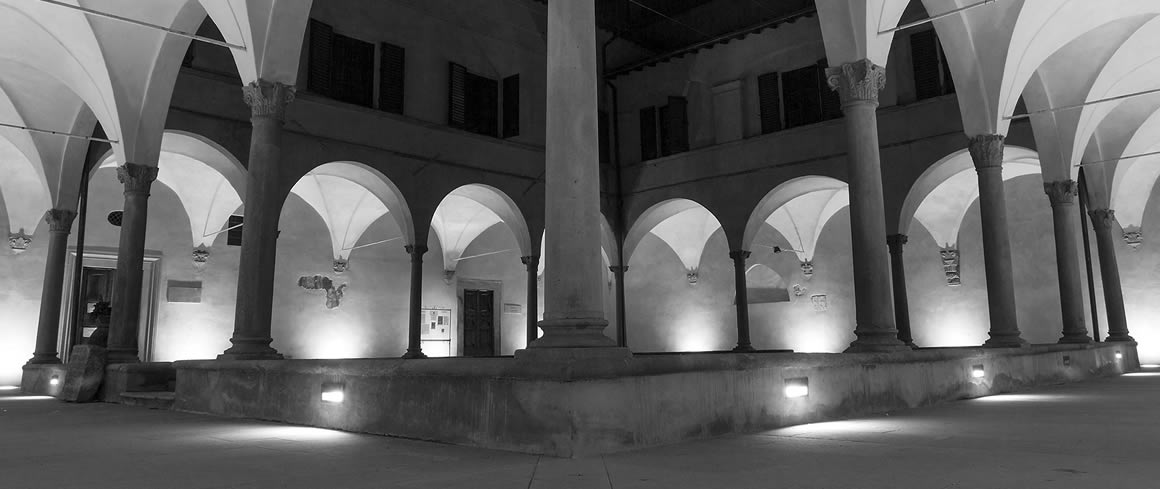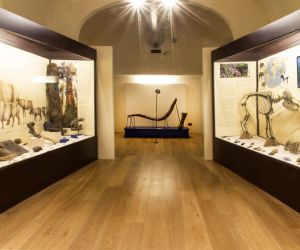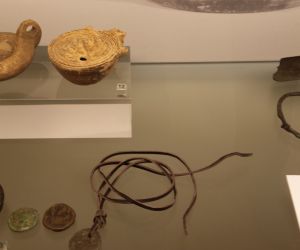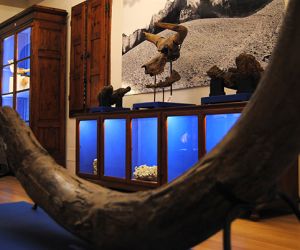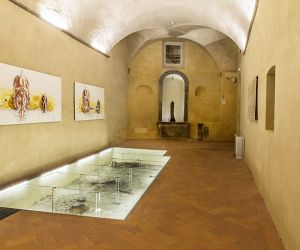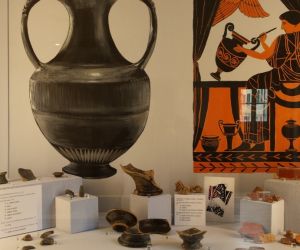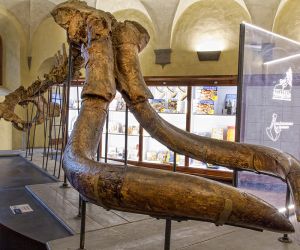Museo Paleontologico of Montevarchi is part of the great cultural heritage of the Accademia Valdarnese del Poggio, the oldest cultural institution in the Arno Valley which was founded in 1805. The museum opened its doors to the public for the first time in 1829, and since then its collection of fossils has been further added to by other finds discovered in the local area. The Upper Arno Valley is in fact an internationally renowned fossiliferous basin, and fossils dating back millions of years are still being found today. In 1809 the original nucleus of the collection was studied and catalogued by the founder of Palaeontology, the French scholar George Cuvier.
The museum, which is located in a fourteenth century Franciscan convent is accessed by a Renaissance cloister, and contains over 3000 finds from the territory which recount the history of the Arno Valley from 3 million years ago to 200 years ago. Through fossils from the vegetable and animal kingdoms it is possible to comprehend the climatic and ecological evolutions of the territory, starting from the oldest period characterized by the pluvial climate, through the climate which is comparable to the current African savannah climate, right up to the recent colder climates. The finds include a Canis etruscus, a canid which lived in the Arno valley about one and a half million years ago, along with a typical Mammuthus meridionalis.
The presence of humans in the Arno Valley is demonstrated by flint stones which still bear the handles made of birch tar dating back two hundred thousand years and constitute the oldest discovery of its kind made so far
In 2016 the Museum added the ‘Alvaro Tracchi’ Archaeological Section, with Roman-Etruscan finds from the local area and also the Viterbo area expanding on the theme of human settlement in the area.
The exhibition is completed by video installations and touch screen presentations which make it possible for visitors to broaden their knowledge of the issues.


